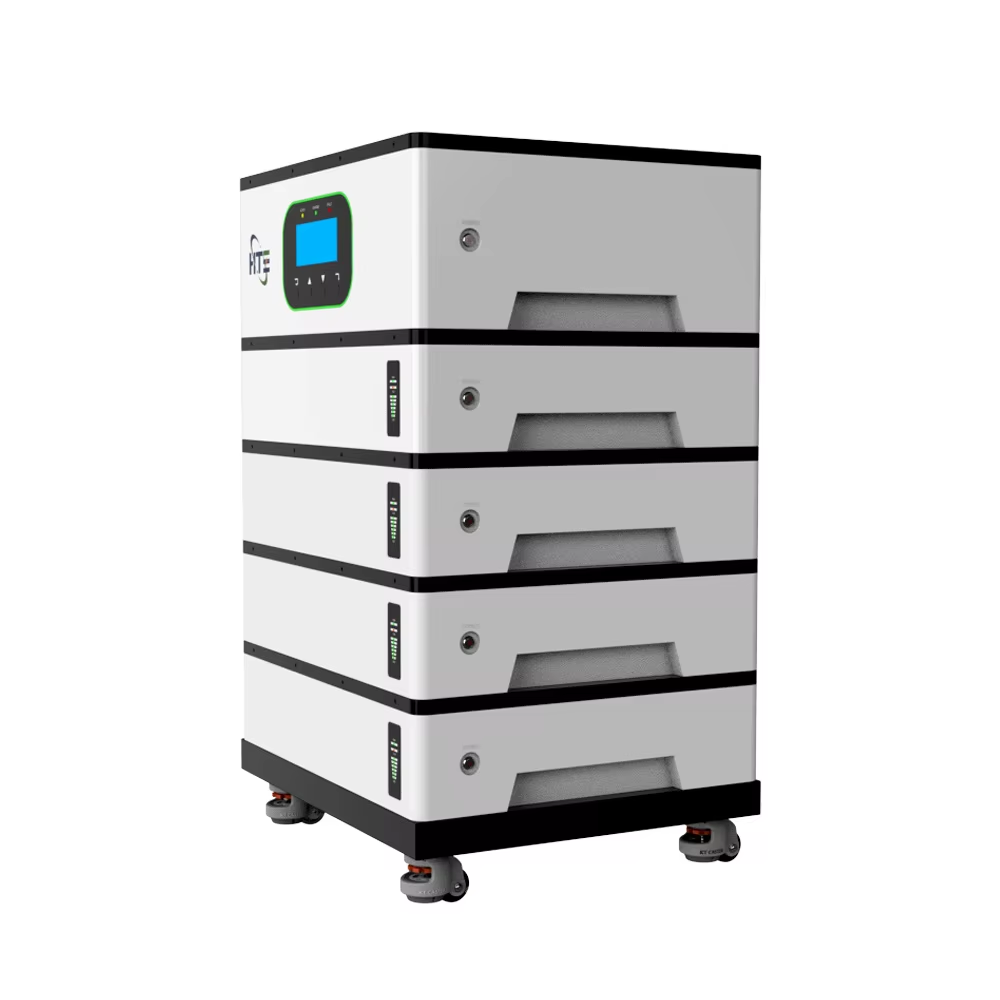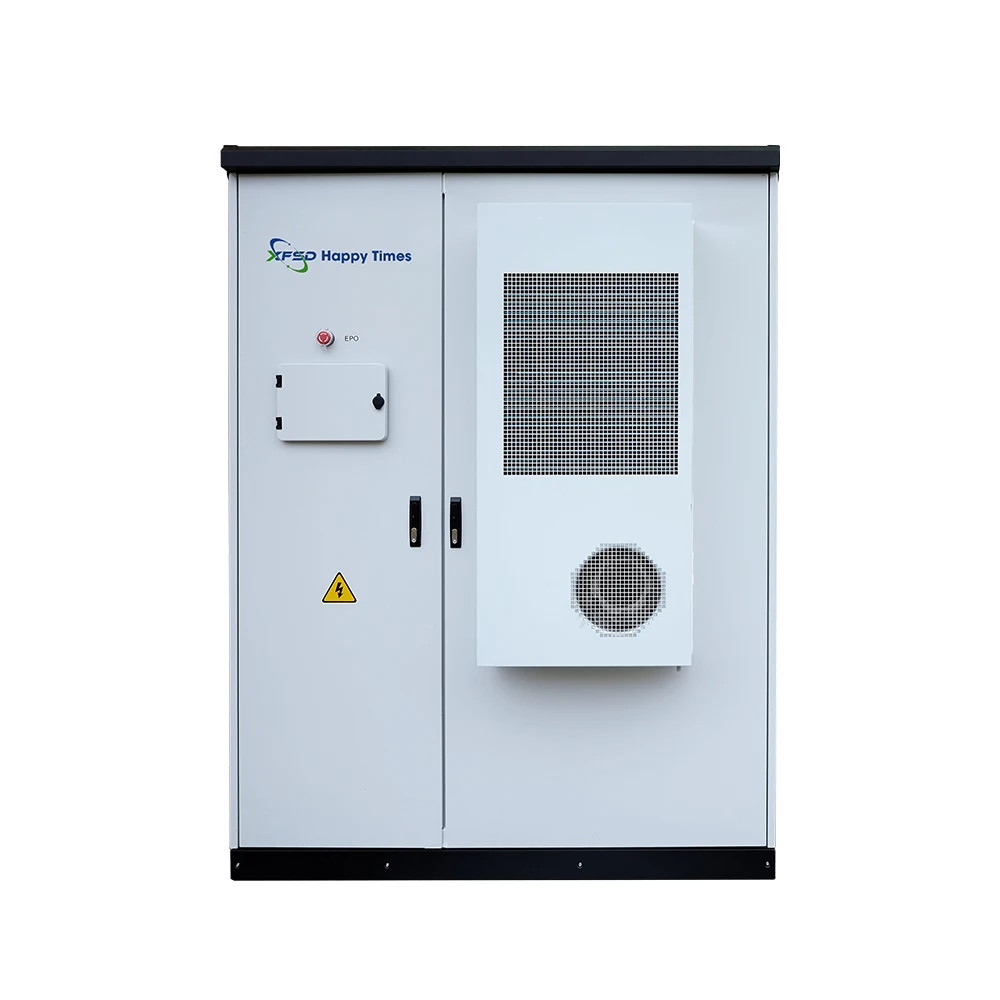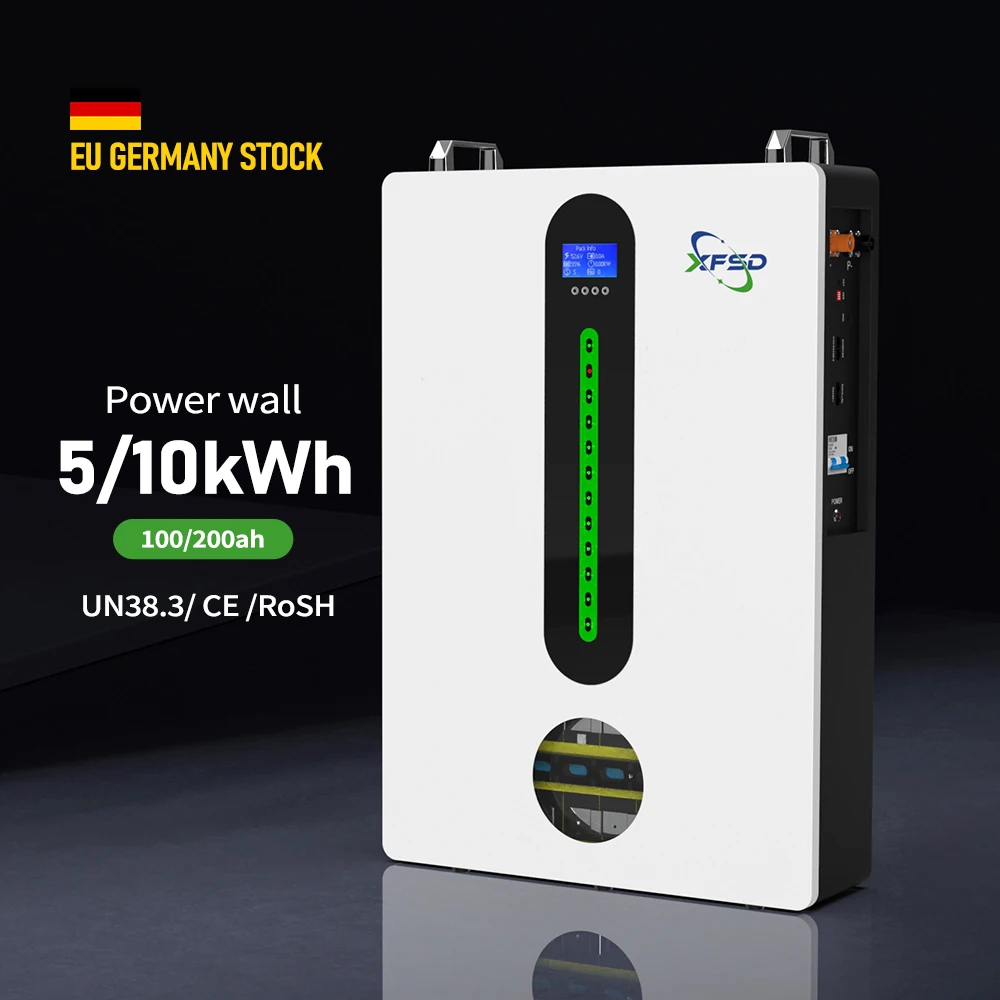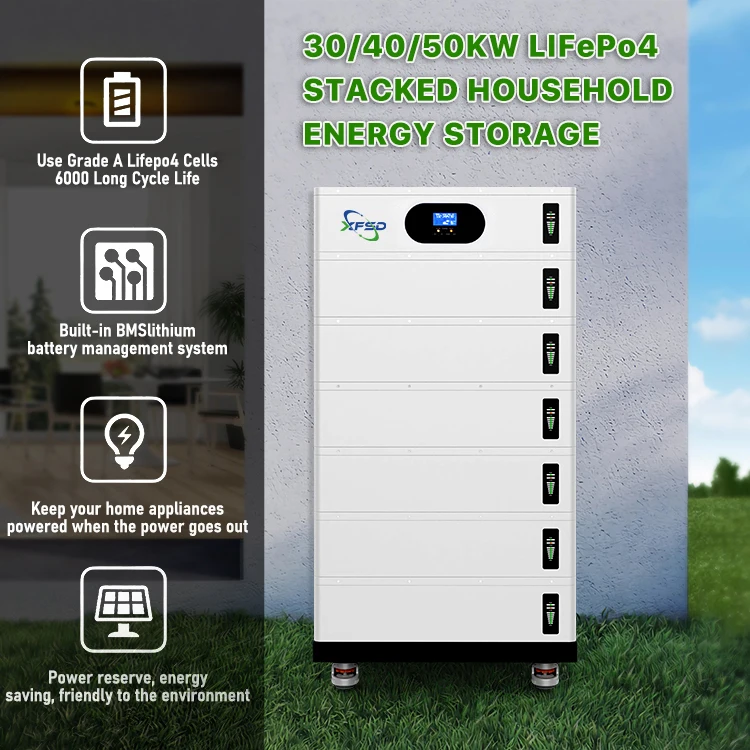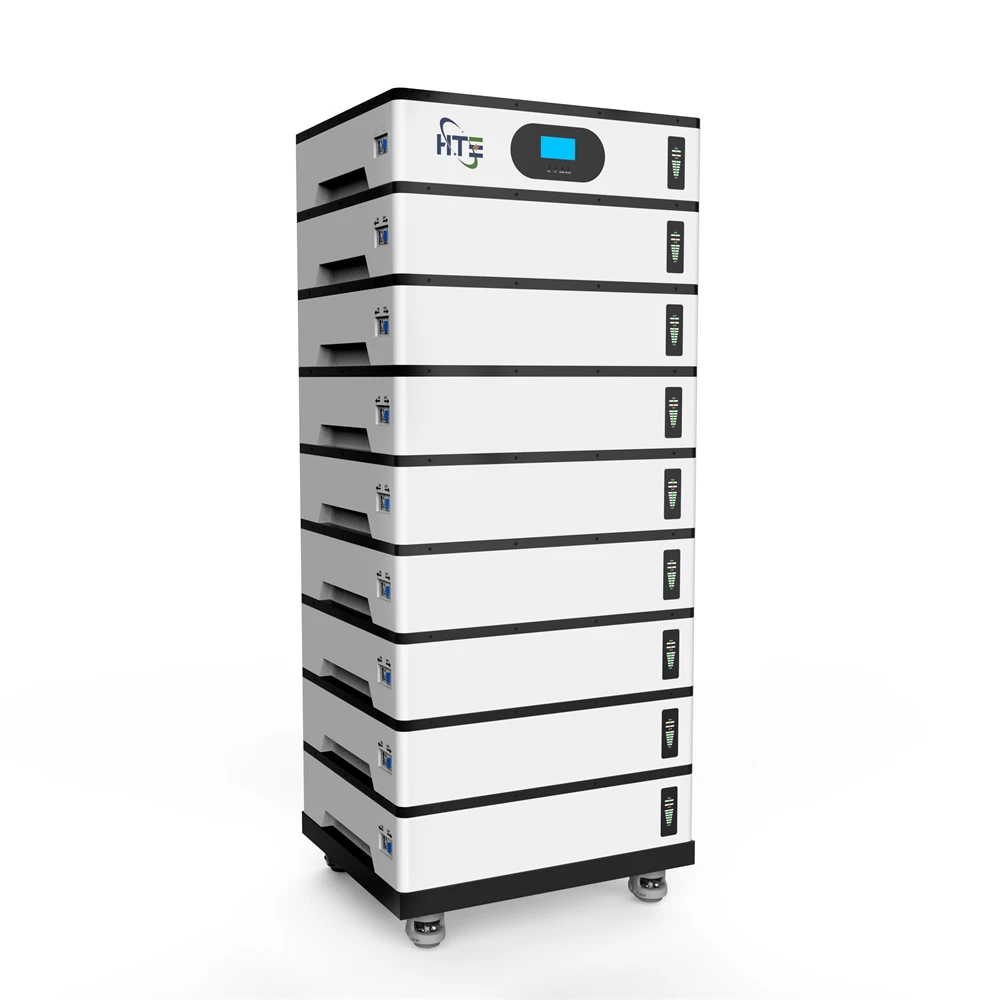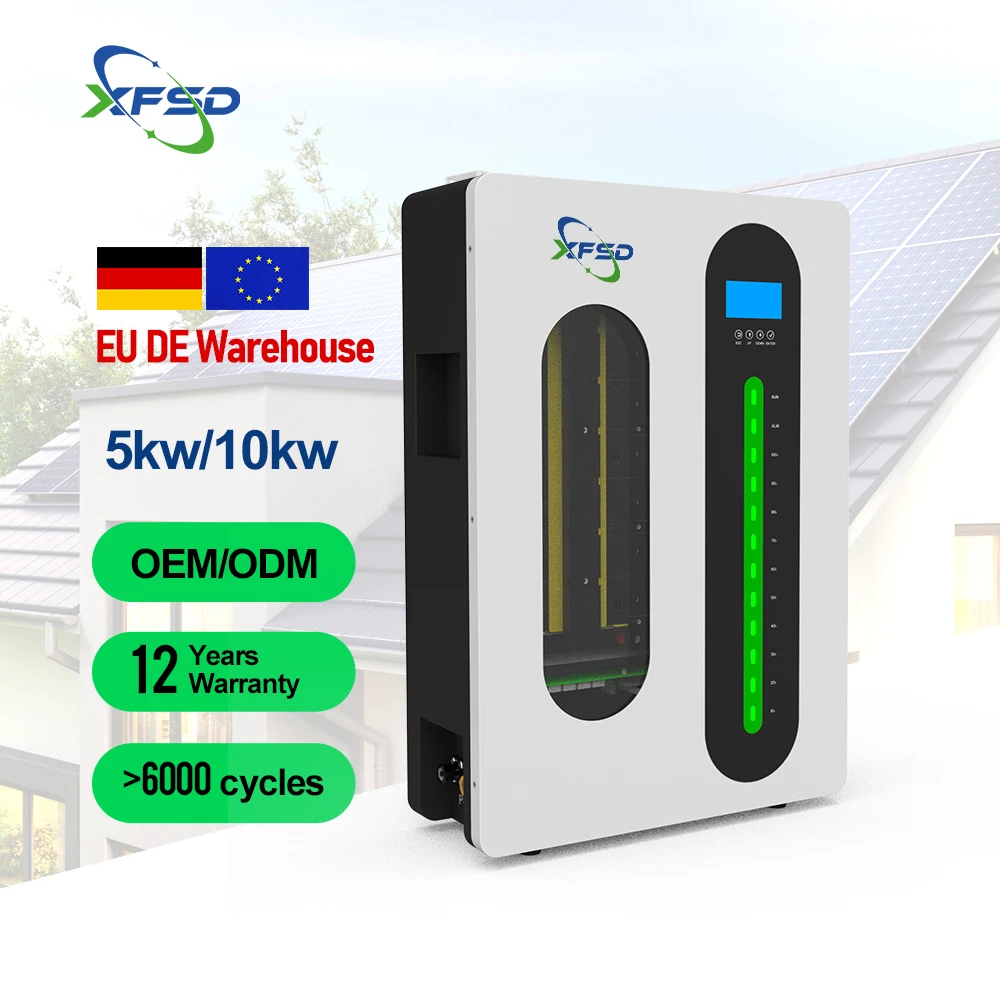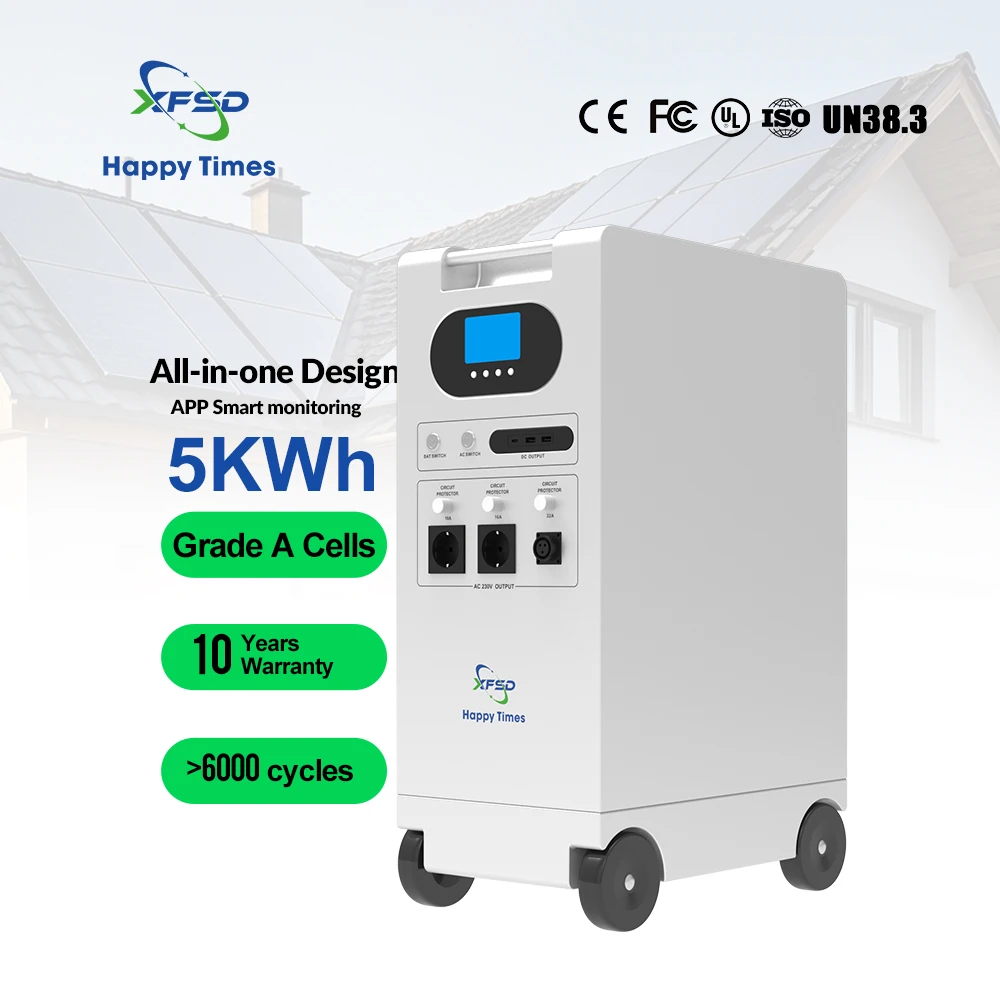Renewable energy is constantly changing, so it requires new solutions that will help make it more effective and accessible. One of such innovative solutions is Stackable Energy Storage. This technology is going to change energy storing and management by providing flexibility and scalability like no other. By stacking storage units, the system optimizes space use and adapts to different energy needs easily.
Stackable Energy Storage Advantages
There are many reasons why stackable energy storage outperforms traditional storage systems. First, the modular design enables expanding or reducing storage capacity with great ease; hence, it suits both households and businesses alike. Second, these kinds of units save a lot of space for storing power as they can be stacked on one another. Thirdly, this technology would facilitate the integration of renewable sources thereby encouraging greener electricity generation and supply in contrast to what we currently have which has been based on fossil fuels.
Application Areas and Impact
The practicality of stackable energy storage makes it relevant across multiple applications fields in the economy. From residential houses looking forward to keeping some solar energy besides for their own use without reliance on grid power to industrial facilities that need backup powers (Warchall 12). In areas with no grid access, it can offer reliable electricity supply thus reducing dependence on fossil fuels while also ensuring availability of energy at all times even when there is a power blackout unlike any other method used in the past years (Farrar 3). Adoption of Stackable Energy Storage could increase grid stability by acting as buffers during peak demand moments thus making an electric ecosystem stronger and more efficient.
Future Outlook and Innovations
Energy storage becomes vital as the world moves towards sustainability (Farrar 1). The rising popularity of renewables notwithstanding keeps boosting interest towards modern ways how humans could store power produced from sun or wind (Warchall 4). Such qualities as adaptability alongside efficiency inherent in Stackable Energy Storage should make them one of the key actors in this transformational process (Warchall 7). The future desires improved energy density, longer unit life and smart grid integration for better energy management. This future is stackable.
Conclusion
Stackable Energy Storage is the major breakthrough in terms of energy storage technology. With its unique design and variety of benefits, it is a key element to drive mass adoption of renewable energy sources (Farrar 3). As we navigate through our journey towards sustainability, Stackable Energy Storage remains a symbol of progress highlighting possible ways into a greener world in future days (Skaar 21).

 EN
EN
 AR
AR
 BG
BG
 HR
HR
 CS
CS
 DA
DA
 NL
NL
 FI
FI
 FR
FR
 DE
DE
 EL
EL
 IT
IT
 JA
JA
 KO
KO
 NO
NO
 PL
PL
 PT
PT
 RO
RO
 RU
RU
 ES
ES
 SV
SV
 TL
TL
 IW
IW
 ID
ID
 LV
LV
 SK
SK
 SL
SL
 UK
UK
 VI
VI
 SQ
SQ
 ET
ET
 HU
HU
 TH
TH
 TR
TR
 AF
AF
 MS
MS
 GA
GA
 HA
HA
 LA
LA
 MY
MY
